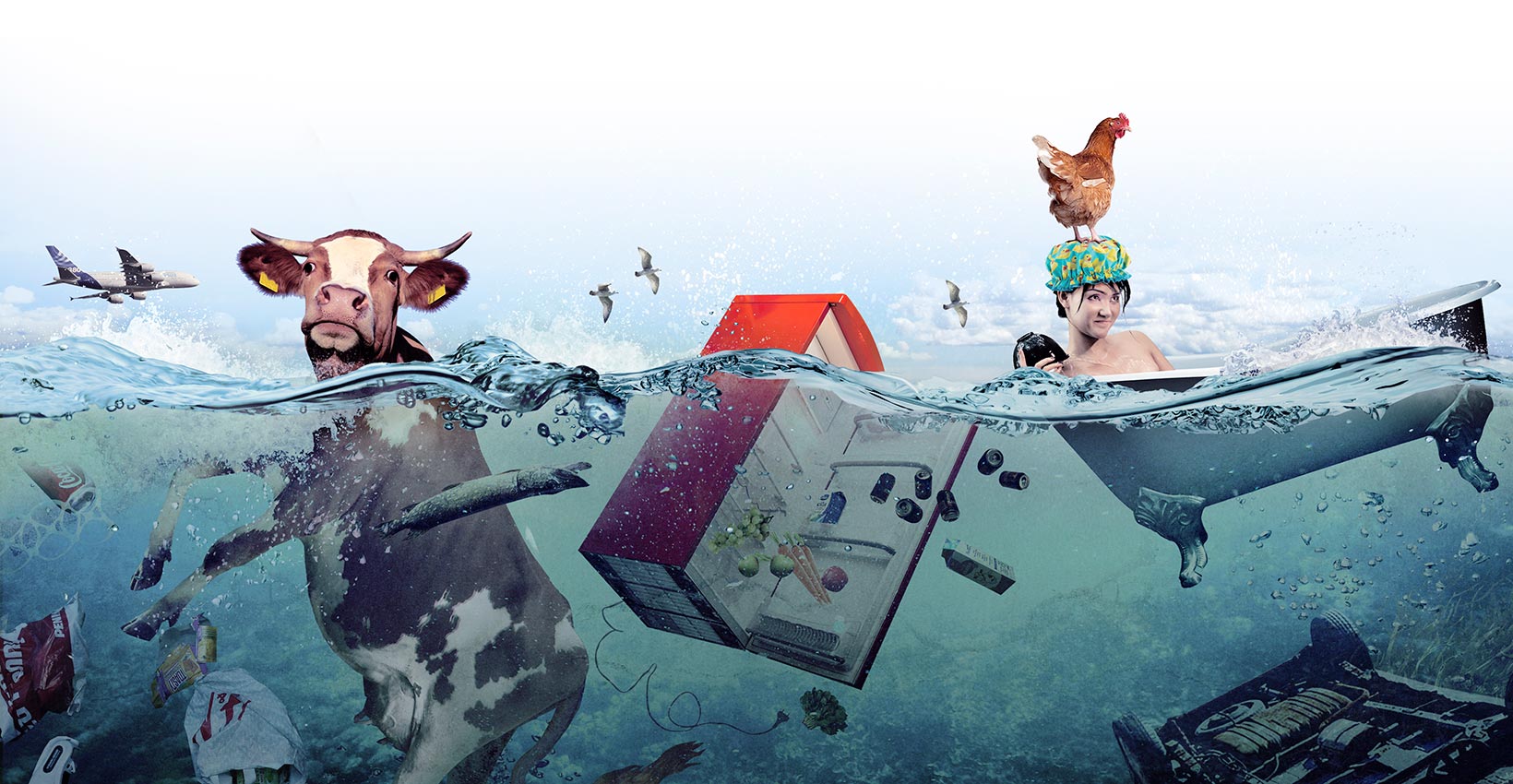




The Baltic Sea footprint generated by the calculator indicates how much eutrophic and algae-inducing phosphorus and nitrogen ends up in the Baltic Sea due to your actions. The calculator is based on new scientific research conducted by the Finnish Environment Institute and the Natural Resources Institute Finland together with Helsingin Sanomat and the John Nurminen Foundation. You can respond safely as the information you provide will not be stored. Learn more about the calculator here.
Start by providing information about your housing.
Next, describe your leisure activities. Hobbies that have a pronounced impact on the nutrient emissions in the Baltic Sea have been brought up here. The impact of other hobbies is considered to be insignificant, even though the hobbies may have a big impact on the climate, for example.
Finally, describe your eating habits and transportation. Eating habits have a significant impact on the nutrient footprint. If you wish, you can specify the information on foods that are significant in terms of the nitrogen and phosphorus load.
The calculator has been jointly created by the Finnish Environment Institute, the Natural Resources Institute Finland, HS and the John Nurminen Foundation.
